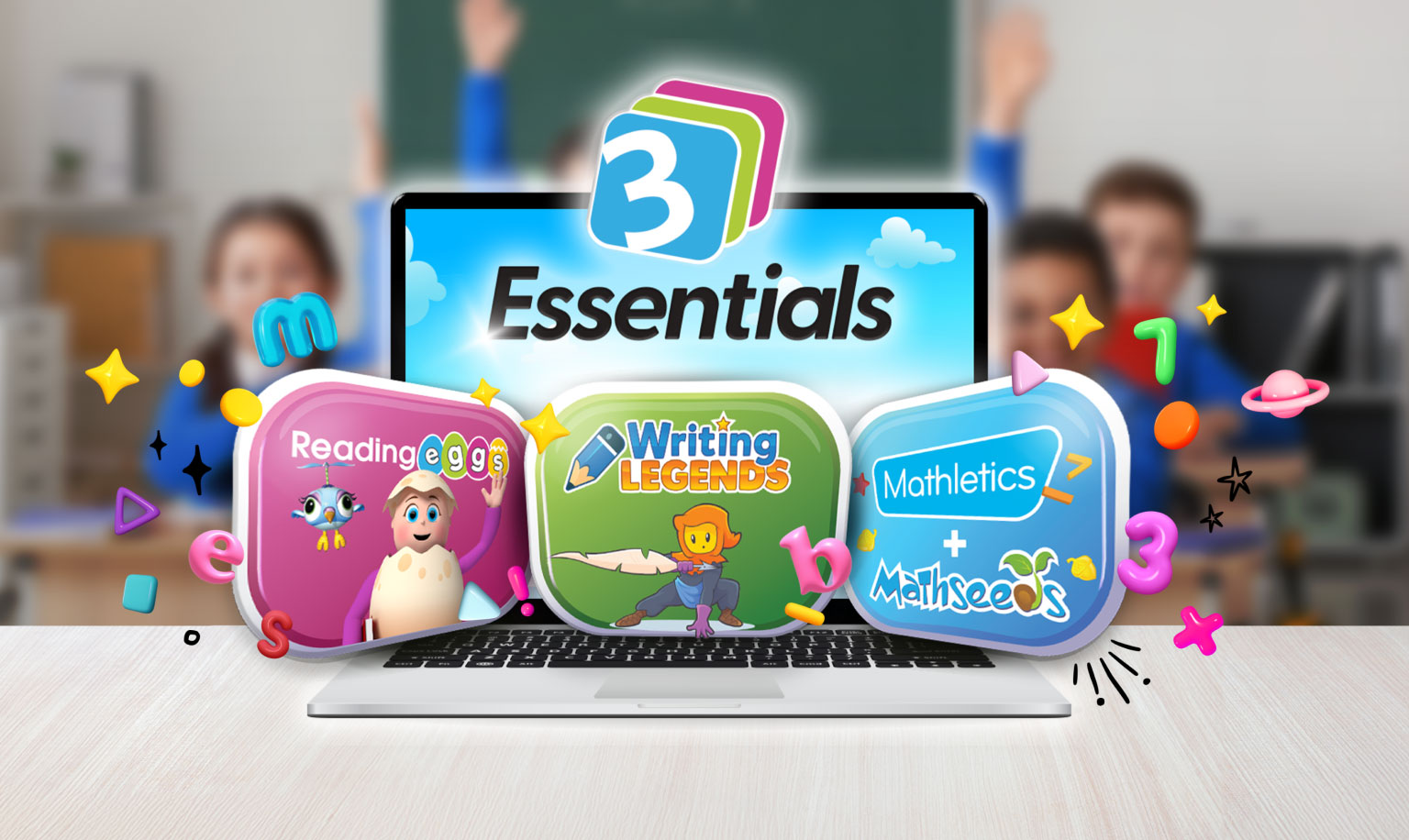
The very foundations of teaching seem to rely on proximity.
Relationships, face time, talk, responsiveness – all the key ingredients of good teaching and learning seem to require actual, physical closeness. Education from a distance seems antithetical to everything we try to do in our classrooms.
Now, with the far-flung ripple effect of the coronavirus being felt in education, the likelihood of unplanned distance education looms large for many of us. Teacher anxiety seems poised to hit fever pitch as schools worldwide begin to close and students are sent off to learn from home.
The anxiety is not ill-founded, that’s for sure. But what if I were to tell you that there are some things distance education does better than its classroom counterpart?
If you find yourself disconnected with the classroom, here’s what you can take advantage of to keep up learning while separated from your students.
It’s flexible
You might choose to set a virtual ‘class time’ mirroring regular school hours but, let’s be realistic… attendance probably won’t be at an all-time high.
And that’s OK. One of the primary benefits of distance education is that students can fit schoolwork around co-curricular and family commitments. With students leading increasingly hectic lives, this sort of flexibility comes as a massive relief (to you as well as your students!)
It is important to factor in structured time where students can (virtually) engage with you directly, but you don’t need everyone to sit in front of a screen for eight hours a day. Instead, you might set regular ‘office hours’ where you can be contacted for help or schedule a virtual class discussion to take place. Students can structure the remaining time around their other commitments (and hopefully learn something about time management in the process).
This points to another huge benefit of distance education …
It consolidates vital soft skills
Recent times have seen a push to promote soft skills across the curriculum – the transferable, general abilities that set our students up for life. Distance education is the perfect opportunity to hone such vital soft skills as:
- Time management – with a more flexible home learning environment comes the need for students to prioritize their time accordingly.
- Technological fluency – the fact that our students are constantly attached to screens doesn’t mean that they know how to adapt to technology effectively. Distance education provides valuable lessons in how to adapt to new systems and software, and how to independently troubleshoot technical issues.
- Responsible use of technology – similarly, while our students might be proficient gamers and social media users, chances are they could use some upskilling when it comes to using technology responsibly and for a mature purpose. As with the above skill, this has never been more relevant in ‘the real world’ than it is now.
- Remote teamwork – let’s not forget that ‘distance’ is no longer a barrier in many workplaces where technology is used to cross borders and link teams across the world. Far from being an inferior method of instruction, distance teaching exposes students to the global practices shaping 21st century workplaces and equips them accordingly.
It’s accessible for students with special needs
No classroom is perfect for every student. When you’ve got a learner diagnosed with ADHD who might be full of energy in the same room as a hypersensitive child on the spectrum, compromises must be made.
Distance education removes the need for this compromise. Learning from home provides students (in most cases) with a stable and secure environment that can be more easily tailored to their specific needs.
The benefits don’t just extend to students with specific and diagnosed needs, but also to those who might otherwise struggle to keep up with the pace and intensity of a regular classroom environment. It’s a safe space for students who might usually avoid speaking up, and it allows students struggling with the content to review material as much as they like at their own pace.
It encourages students to take ownership of their learning
Learning from home comes with plenty of potential distractions, but it also poses a golden opportunity for students to develop a more mature and responsible outlook on their own education.
Without you hovering over their shoulders, the onus is on students to develop some of self-discipline.
It might be tempting to assume that this is doomed from the outset but doing so will create a self-fulfilling prophecy. Instead, hold students accountable right from the beginning.
Think you can ghost a scheduled activity? Fine, that’s an email to your parents.
No assessment submitted? Looks like you get a zero unless there’s a viable explanation.
Technical difficulties? Better let me know so we can do something about it, otherwise you’ll fall behind.
You might be surprised by how well your older students rise to the challenge of this approach. Allowances will have to be made for younger students who simply don’t have the same capacity to work independently, but in this case, it pays to have the support of parents who can keep them on track.
It opens students’ eyes to learning outside the classroom
‘Lifelong learning’ is an expression that gets thrown around in education circles these days, but it’s always a challenge getting students to understand how learning can take place outside of school.
Distance education, by its very nature, integrates school and home life, exposing students to the real possibility of learning independently outside of a structured context. Home is no longer a place to simply crash out and watch YouTube videos after school – it’s a learning environment.
And an effective learning environment at that. With students no longer confined behind a desk, the possibilities for bringing learning to life and establishing real-world links are endless. Try to factor real, practical home activities into your planning.
With the challenges of distance teaching come some exciting possibilities. Done right, it might just change student attitudes to education in a way that the classroom never could.

Read more in The Essential Guide to Distance Teaching










